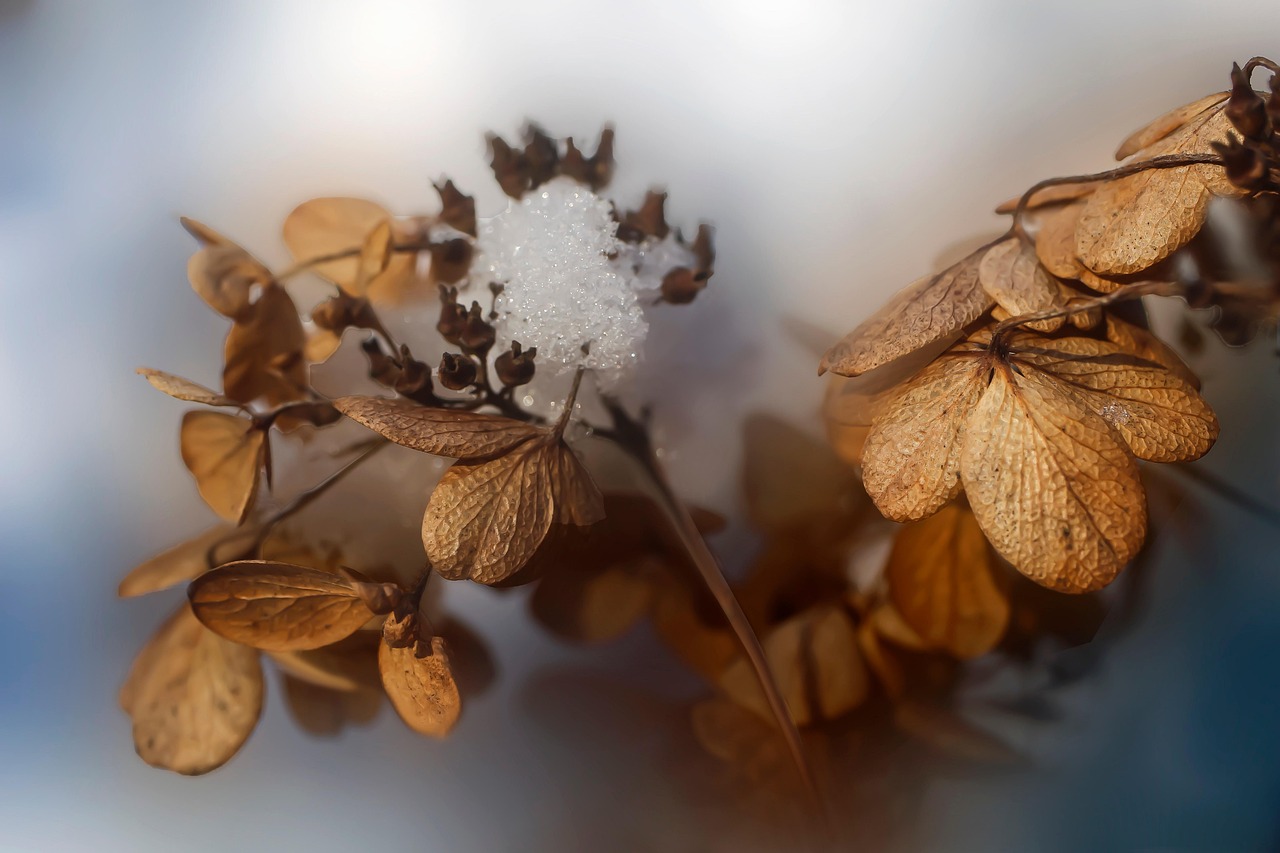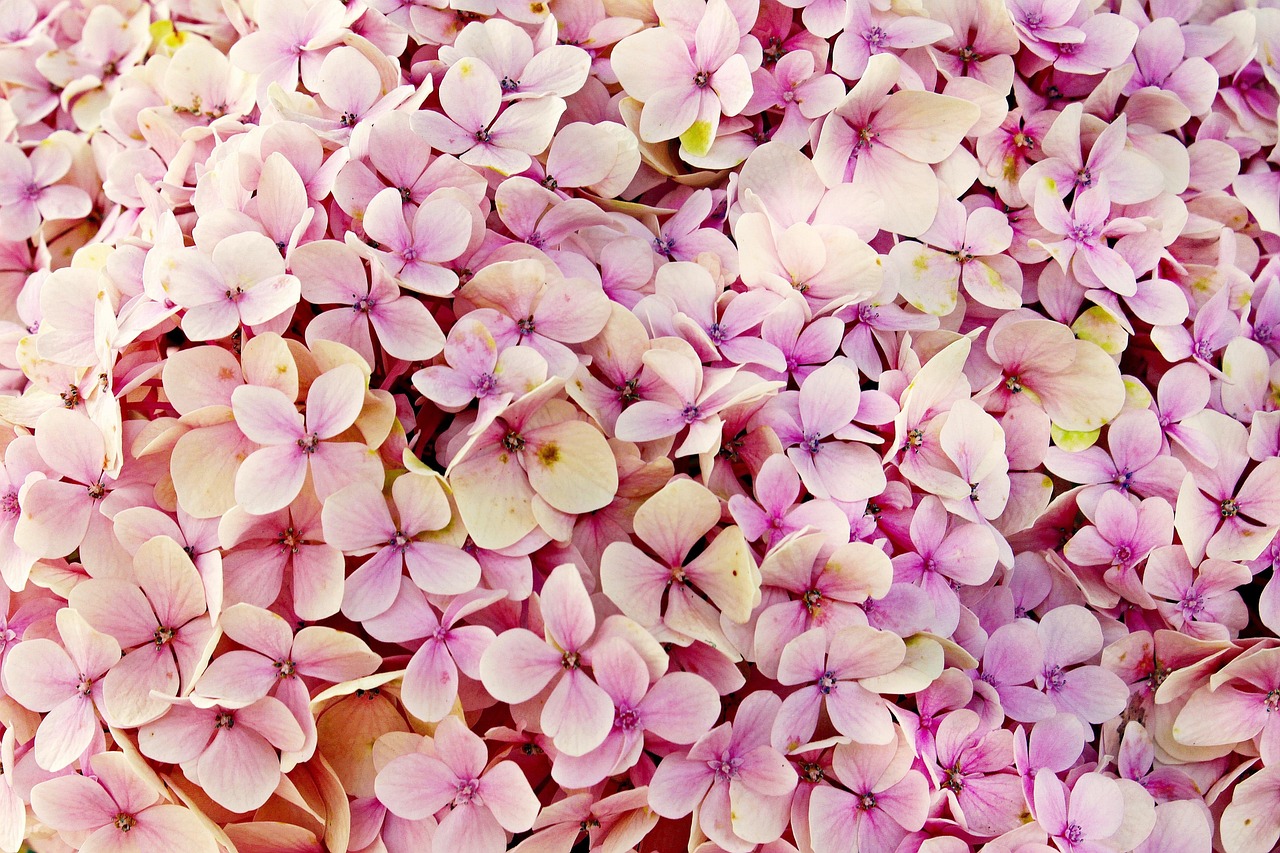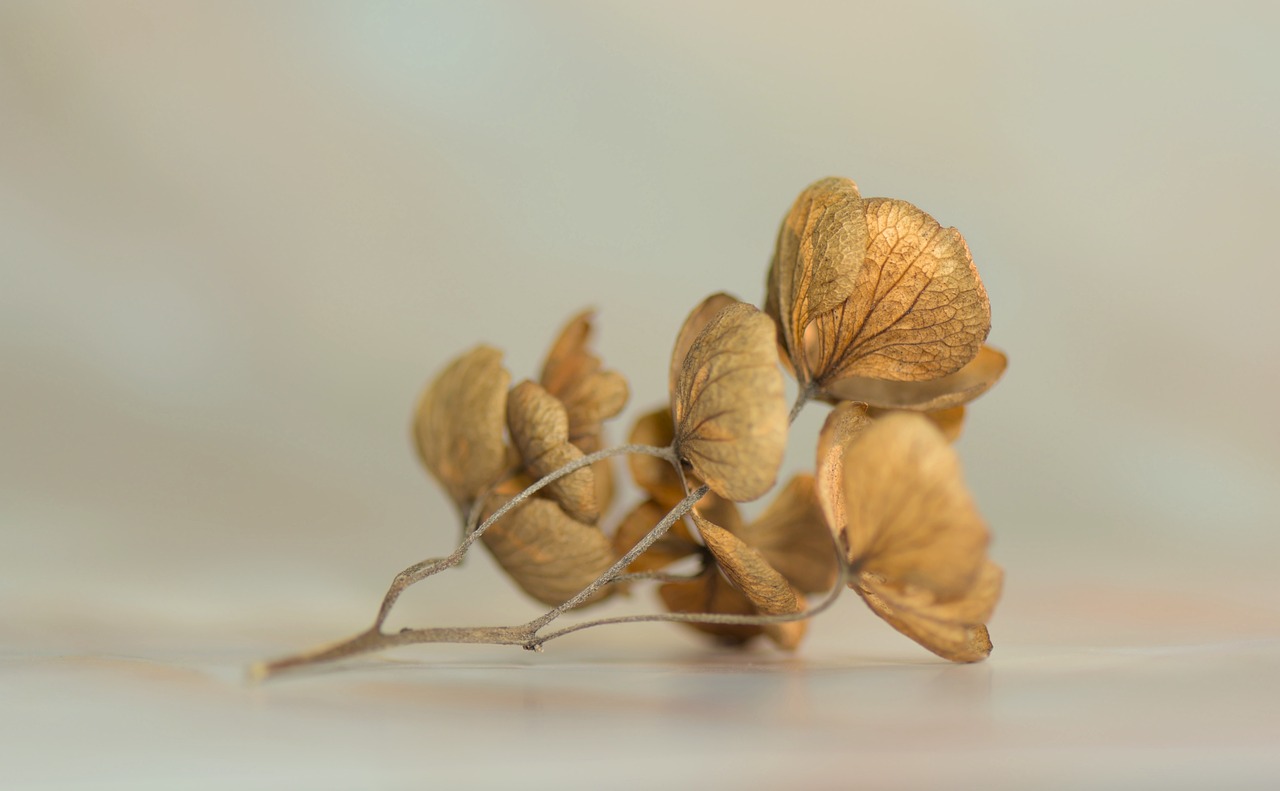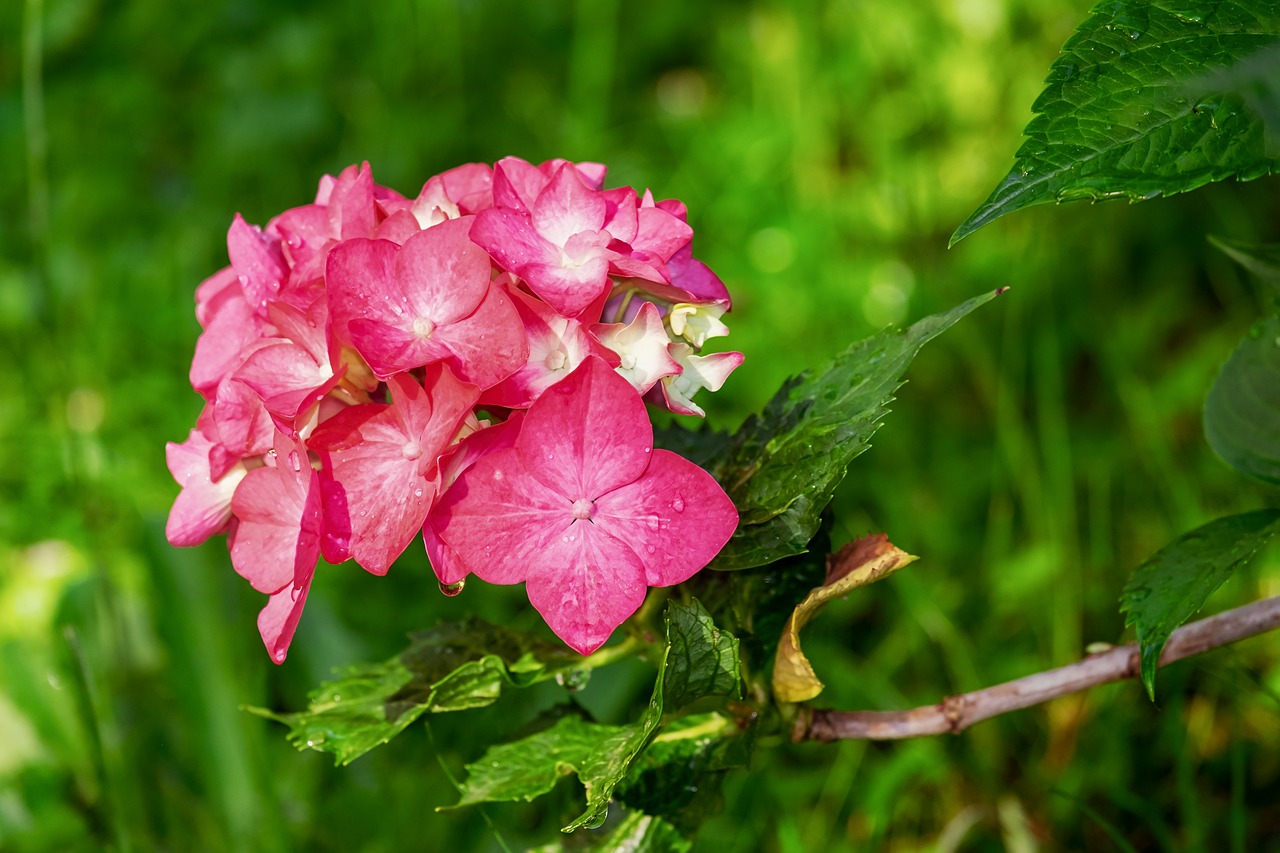Hydrangeas do not require full sun to thrive. They generally prefer partial shade, particularly in hotter climates. While some varieties can tolerate full sun, excessive exposure can lead to wilting and reduced flower production.
Hydrangeas are beloved garden plants, known for their beautiful blooms and lush foliage. These flowering shrubs come in various species and cultivars, each with unique characteristics and light needs. Understanding the light requirements of hydrangeas is crucial for ensuring healthy growth and vibrant flowers. This knowledge can help gardeners make informed decisions about where to plant these stunning shrubs.
The light requirements of hydrangeas can vary significantly based on their type. For instance, bigleaf hydrangeas (Hydrangea macrophylla) thrive best in partial shade, while panicle hydrangeas (Hydrangea paniculata) can handle more sunlight. This diversity highlights the importance of knowing the specific variety you are working with when deciding on planting locations.
Types of Hydrangeas and Their Light Preferences

To effectively choose the right location for your hydrangeas, it is essential to understand the different types available and their specific light preferences. Below is a table that summarizes the major types of hydrangeas and their ideal sun exposure.
| Hydrangea Type | Sun Exposure | Notes |
|---|---|---|
| Bigleaf (Hydrangea macrophylla) | Partial Shade | Prefers morning sun and afternoon shade. |
| PeeGee (Hydrangea paniculata) | Full Sun to Partial Shade | Tolerates full sun but benefits from some afternoon shade. |
| Oakleaf (Hydrangea quercifolia) | Partial Shade | Thrives in filtered sunlight or dappled shade. |
| Climbing (Hydrangea anomala petiolaris) | Partial Shade | Grows well in shaded areas with some indirect light. |
As seen in the table, most hydrangea types prefer a balance of sun and shade. Too much direct sunlight can lead to stress in plants, making them more susceptible to pests and diseases. Therefore, gardeners should aim for locations that provide adequate shelter from intense afternoon sun.
In addition to selecting the right variety, the climate also plays a significant role in determining how much sun hydrangeas can handle. In hotter regions, such as USDA hardiness zones 9 and above, it’s crucial to provide more shade to protect the plants from extreme temperatures. Conversely, in cooler areas, they may benefit from a bit more sunlight to encourage blooming.
Furthermore, soil moisture is another critical factor closely linked to light exposure. Hydrangeas thrive in consistently moist soil but can suffer if the soil dries out too quickly. Therefore, ensuring adequate hydration while considering light exposure is vital for maintaining healthy hydrangea plants.
Understanding the light requirements of your hydrangeas is essential for achieving a thriving garden. Choosing the right type and location based on their preferences will lead to stunning blooms and robust growth throughout the growing season.
Factors Influencing Hydrangea Light Requirements
When considering the light needs of hydrangeas, several factors come into play. These include the specific variety of hydrangea, local climate conditions, and even the environment in which they are planted. Understanding these factors can help gardeners provide the best conditions for their plants.
Hydrangea Varieties and Their Sun Preferences
The different varieties of hydrangeas exhibit various tolerances to sunlight. Here are some common hydrangea varieties and their specific light preferences:
- Bigleaf Hydrangeas (Hydrangea macrophylla): These thrive best in partial shade, ideally receiving morning sunlight and afternoon shade.
- PeeGee Hydrangeas (Hydrangea paniculata): Known for their resilience, they can tolerate full sun but flourish with some afternoon protection.
- Oakleaf Hydrangeas (Hydrangea quercifolia): They prefer dappled sunlight or partial shade, making them suitable for woodland gardens.
- Climbing Hydrangeas (Hydrangea anomala petiolaris): These plants do well in shaded environments but need some indirect light to bloom effectively.
Recognizing the specific light needs of each variety allows gardeners to plant them in locations that optimize growth and flowering potential.
Climate Considerations
The local climate significantly influences how much sun hydrangeas can tolerate. Understanding the climate zone is essential for successful hydrangea cultivation. Here are some key considerations:
- Hot Climates: In regions with high temperatures, such as USDA hardiness zones 9 and above, it is vital to offer more shade to prevent heat stress.
- Cool Climates: In cooler areas, providing more sun can enhance blooming and encourage robust growth during warmer months.
- Humidity Levels: High humidity can help mitigate some sun exposure, allowing hydrangeas to thrive even in sunnier spots.
By assessing the local climate and adjusting planting locations accordingly, gardeners can create optimal conditions for their hydrangeas.
The Importance of Soil Quality and Moisture
The quality of soil and its moisture content are closely linked to how well hydrangeas perform in different lighting conditions. Healthy soil contributes significantly to a plant’s ability to withstand varying levels of sunlight.
Soil Characteristics
Hydrangeas prefer well-draining soil enriched with organic matter. Here are some soil characteristics that can affect their growth:
- pH Levels: Hydrangeas generally thrive in slightly acidic to neutral pH levels (5.5 to 7.0). Soil pH can also affect flower color in certain varieties.
- Nutrient Content: Nutrient-rich soil supports vigorous growth and flowering. Conducting a soil test can help determine necessary amendments.
- Drainage: Good drainage is crucial. Poorly drained soil can lead to root rot, especially in full sun conditions where evaporation rates increase.
Moisture Management
Proper moisture management is essential for healthy hydrangeas, especially in relation to light exposure. Here are some tips for maintaining adequate moisture:
- Irrigation: Regular watering is necessary, particularly during dry spells. A deep watering once a week is often sufficient, depending on rainfall.
- Mulching: Applying mulch around plants helps retain soil moisture and regulate temperature.
- Avoiding Overwatering: Ensure that the soil remains moist but not waterlogged. Overwatering can lead to root problems and hinder growth.
By focusing on soil quality and moisture levels, gardeners can create a nurturing environment that enhances the resilience of hydrangeas against varying sunlight conditions.

Sunlight Exposure and Hydrangea Health
The amount of sunlight hydrangeas receive can significantly affect their overall health and blooming potential. While some varieties can thrive in full sun, most prefer a mix of sun and shade. Understanding how sunlight exposure impacts hydrangeas is vital for successful gardening.
Effects of Sunlight on Hydrangeas
Hydrangeas require sunlight for photosynthesis, which is essential for growth and flower production. However, too much direct sunlight can lead to several issues:
- Wilting: Excessive sun can cause hydrangeas to wilt. This is especially common during the hottest parts of the day when temperatures soar.
- Leaf Scorch: Prolonged exposure to direct sunlight can result in leaf scorch, where the edges of leaves turn brown and crispy.
- Reduced Flowering: Overexposure to sunlight can hinder the plant’s ability to produce blooms, leading to fewer flowers or smaller blooms.
To ensure that hydrangeas thrive, it is essential to balance sunlight exposure with adequate shade, especially in warmer climates.
Identifying the Right Location
Choosing the right location for hydrangeas involves assessing light patterns throughout the day. Here are some tips for identifying the best spots:
- Morning Sun: A location that receives morning sunlight is ideal, as it warms the plants and helps dry any dew or moisture on the leaves.
- Afternoon Shade: Areas that receive shade during the heat of the afternoon can help prevent stress on the plants.
- Dappled Light: Locations under taller trees or structures that provide dappled light are often perfect for hydrangeas, as they mimic their natural growing conditions.
By observing how sunlight moves through your garden, you can determine the best planting spots for your hydrangeas.
Signs Your Hydrangeas Are Not Getting Enough Sun

If hydrangeas are not getting enough sunlight, they may exhibit several signs indicating their need for more light. Recognizing these signs early can help you make necessary adjustments to improve plant health.
Common Symptoms of Insufficient Sunlight
- Pale Leaves: If leaves appear pale or yellowish, it may indicate that the plant is not receiving enough light for photosynthesis.
- Weak Growth: Stunted growth or elongated stems (etiolation) can occur when plants stretch toward available light sources.
- Reduced Flower Production: A significant drop in flowers or smaller flower heads can signal insufficient sunlight, particularly in blooming varieties.
If these symptoms are observed, consider relocating the hydrangeas to a sunnier spot or pruning nearby plants that may be blocking light.
Adjusting Sunlight Exposure
If you find that your hydrangeas are not thriving due to inadequate sunlight, here are some steps you can take:
- Relocate Plants: If possible, transplant your hydrangeas to a location that receives more sun during the day.
- Prune Surrounding Vegetation: Trim back nearby trees or shrubs that may be casting too much shade on your hydrangeas.
- Consider Planting Varieties: If your garden is predominantly shaded, consider planting sun-tolerant varieties of hydrangeas that can adapt better to lower light conditions.
Making these adjustments can help ensure that your hydrangeas receive the appropriate amount of sunlight they need to flourish and produce beautiful blooms.
Additional Care Tips for Hydrangeas
In addition to managing sunlight exposure, there are other essential care practices that ensure hydrangeas thrive. These practices complement the light requirements and contribute to the overall health and beauty of the plants.
Fertilization Practices
Proper fertilization can significantly impact hydrangea growth and blooming. Here are some guidelines:
- Type of Fertilizer: Use a balanced fertilizer formulated for flowering shrubs. This can promote lush foliage and vibrant blooms.
- Timing: Fertilize in early spring before new growth begins. A second application can be made after the first bloom cycle to encourage further flowering.
- Organic Options: Consider using organic fertilizers like compost or well-rotted manure. These not only provide nutrients but also improve soil structure and moisture retention.
Pruning Techniques
Pruning is vital for maintaining the shape and health of hydrangea plants. Proper pruning can also enhance sunlight exposure:
- Timing: The best time to prune depends on the type of hydrangea. For bigleaf varieties, prune immediately after flowering. For panicle and smooth varieties, late winter or early spring is ideal.
- Removing Dead Wood: Regularly remove dead or damaged branches to encourage new growth and improve air circulation.
- Shaping the Plant: Lightly shape the plant to maintain its natural form and ensure that all parts receive adequate sunlight.
By incorporating these care practices, gardeners can enhance not only the beauty of their hydrangeas but also their resilience against environmental stressors.
Pest and Disease Management

Hydrangeas can be susceptible to various pests and diseases that may thrive in specific lighting conditions. Being proactive about pest management can prevent significant problems down the line.
Common Pests
- Aphids: These small insects can weaken plants by sucking sap. They are often found on new growth and can be controlled with insecticidal soap.
- Spider Mites: These pests thrive in hot, dry conditions. Increasing humidity around the plants and regular watering can help manage their populations.
- Slugs and Snails: These can cause damage by eating leaves. Hand-picking and using barriers can effectively control them.
Disease Prevention
To prevent diseases, consider the following:
- Watering Practices: Water at the base of the plant to keep foliage dry. Wet leaves can promote fungal diseases.
- Air Circulation: Plant hydrangeas with enough space between them to allow for good air circulation, which helps reduce humidity around the foliage.
- Regular Inspections: Check for signs of disease, such as leaf spots or mildew, and address issues promptly with appropriate treatments.
Final Thoughts
Understanding the light requirements of hydrangeas is essential for successful gardening. These beautiful plants thrive best in environments that offer a balance of sunlight and shade, tailored to their specific variety. By selecting the right location, monitoring moisture levels, and providing proper care through fertilization, pruning, and pest management, gardeners can cultivate stunning hydrangeas that flourish throughout the growing season.
Whether you are a seasoned gardener or a beginner, applying this knowledge will help you create a vibrant garden filled with healthy, thriving hydrangeas. With careful attention to their needs, these plants will reward you with breathtaking blooms year after year.
